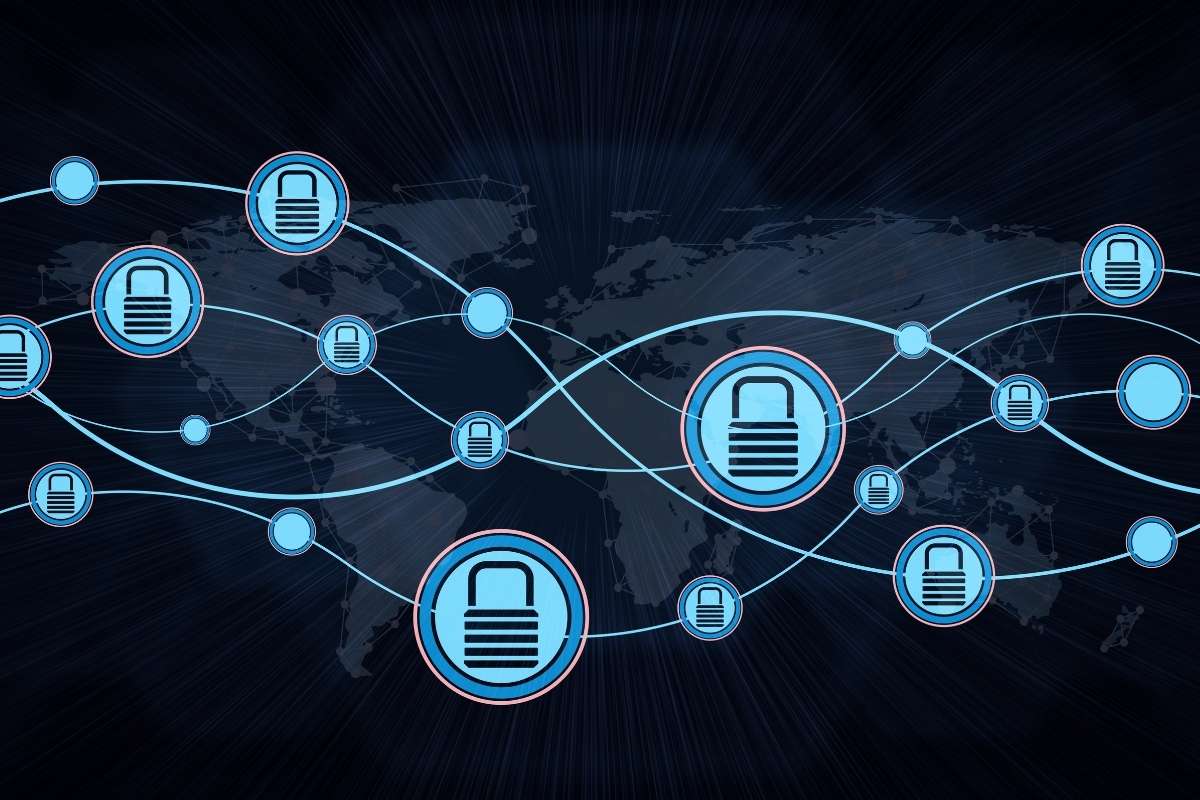Our digital lives are intricately woven with personal data, forming a vast tapestry exposed to the dangers lurking in the cyber realm. From social media posts to financial transactions, every click and keystroke leaves a digital footprint, making us increasingly vulnerable to the ever-evolving threat of cybercrime. In this era, where the lines between data privacy and cybersecurity blur, finding the right balance becomes a pressing concern demanding our understanding and collective action.
The Fragile Walls of Data Privacy: A Playground for Cybercriminals
The exponential growth of data collection by businesses, governments, and even individuals has eroded the very foundation of privacy. Companies leverage social media platforms, online services, and mobile applications to amass vast troves of personal information, including:
- Personally identifiable information (PII): Names, addresses, phone numbers, social security numbers, and financial data.
- Behavioral data: Browsing history, search queries, location details, and online purchases.
- Biometric data: Fingerprints, facial recognition scans, and voice recordings.
This data treasure trove serves as a tempting target for cybercriminals, who exploit vulnerabilities in systems and networks to gain unauthorized access. The consequences of these breaches can be catastrophic, impacting individuals, businesses, and even national security.
Common cyber crimes fueled by data breaches include:

- Identity theft: Malicious actors use stolen personal information to impersonate victims and commit financial fraud, open new accounts, or access sensitive data.
- Data extortion: Threatening to release stolen data publicly or sell it on the dark web unless a ransom is paid.
- Cyberbullying and harassment: Targeting individuals with stolen information for online abuse and intimidation.
- Disinformation campaigns: Manipulating public opinion and spreading misinformation using personal data to further agendas.
- Financial fraud: Stealing credit card information and other financial data to make unauthorized purchases or transfers.
- Data breaches in critical infrastructure: Disrupting essential services like healthcare, energy, and transportation, potentially causing widespread chaos and economic damage.
These cybercrimes not only inflict financial losses but also erode trust in the digital ecosystem, threatening our sense of security and privacy. Moreover, the psychological impact of data breaches can be significant, leading to anxiety, stress, and even depression for victims.
Navigating the Tightrope: Balancing Privacy and Security
Achieving a balance between data privacy and cyber security presents a complex challenge. While stricter regulations like the European Union’s General Data Protection Regulation (GDPR) empower individuals with control over their information, they can create complexities for businesses operating internationally, potentially hindering innovation and economic growth.
On the cybersecurity front, robust security measures like encryption, multi-factor authentication, and regular software updates are crucial in safeguarding data. However, such measures can be costly and resource-intensive, especially for smaller businesses and individuals. Additionally, the ever-evolving nature of cyber threats necessitates continuous investment in security technologies and personnel, adding to the complexity of the challenge.
Finding the right balance necessitates a multi-faceted approach:
- Transparency and accountability: Organizations collecting and processing data must be transparent about their practices and held accountable for protecting user privacy. This includes providing clear privacy policies, offering accessible options for users to manage their data, and promptly notifying them in case of a data breach.
- Enhanced cybersecurity measures: Continuous investment in security technologies and practices is essential to deter and mitigate cyberattacks. This includes implementing strong password policies, regular system updates, vulnerability patching, and employee training on cybersecurity best practices.
- User education and awareness: Empowering individuals to understand their privacy rights and practice safe online habits is crucial. This includes educating users about phishing scams, malware threats, and the importance of strong passwords. Additionally, individuals should be aware of their rights under data privacy regulations and how to exercise them.
- International cooperation: Collaboration among governments, law enforcement agencies, and the private sector is vital for combating cybercrime across borders. This includes sharing information about cyber threats, coordinating investigations, and apprehending cybercriminals.

Building a More Secure and Private Digital Future
As technology continues its relentless march forward, so too must our approach to data privacy and cyber security. Embracing these core principles can pave the way for a more secure and private digital future:
- Privacy by design: Integrating privacy considerations into the development and deployment of new technologies. This means considering the potential privacy implications of a technology from the outset and designing it with robust privacy protections in mind.
- Data minimization: Collecting and storing only the data necessary for legitimate purposes. Businesses and organizations should avoid collecting unnecessary data and regularly review their data retention policies.
- Empowering individuals: Providing individuals with accessible tools to manage their privacy settings. This includes granular control over what data is collected, how it is used, and with whom it is shared. Additionally, individuals should have the right to request access to their data, rectify any inaccuracies, and delete it when no longer needed.
- Promoting ethical AI: Ensuring artificial intelligence applications are developed and used responsibly, respecting privacy and individual rights. This means ensuring AI algorithms are fair, unbiased, and transparent, and that they do not discriminate against individuals or groups.
- Investing in research and development: Supporting research and development of new technologies and solutions that can enhance both privacy and security. This includes exploring innovations in encryption, anonymization, and secure multi-party computation techniques.

- Fostering a culture of cybersecurity: Promoting a culture of cybersecurity awareness and best practices across all levels of society. This includes educating individuals, businesses, and organizations about the importance of cybersecurity and how to protect themselves from cyber threats.
Summing Up:
Ultimately, protecting data privacy and combating cybercrime requires a collective effort from individuals, businesses, governments, and technology developers. By understanding the challenges and embracing innovative solutions, we can build a digital future where both privacy and security flourish.






